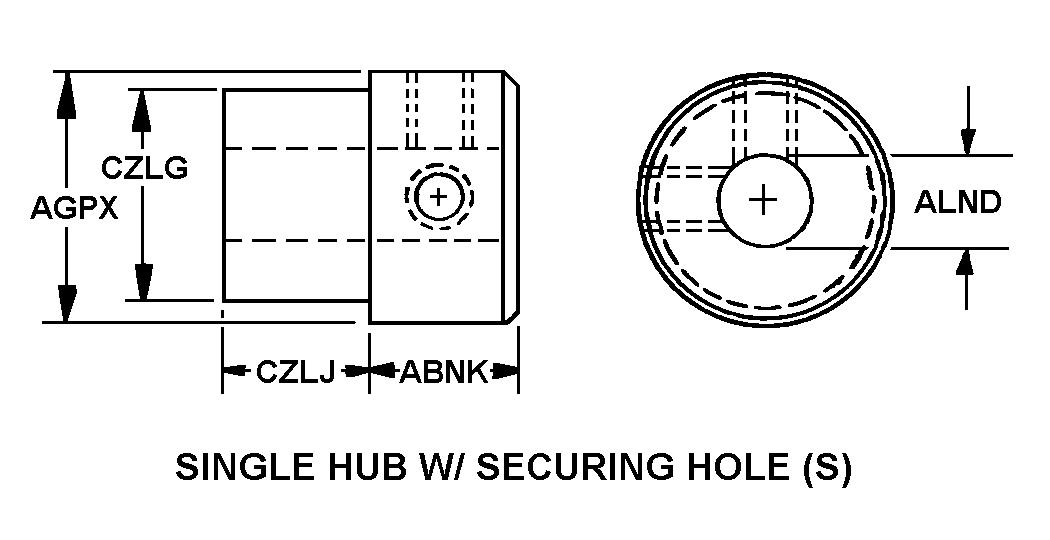3040012731178
Price Quote Get an up to date pricing and availability quote for this product. Order online or over the phone.
Quality Commitment
Serving our customers with quality and safety first.
- AS9120 Certified
- Audited supply chain
- ITAR Registered
- DDTC Registered
- HAZMAT Certified
- Customer service objectives
- Every product 100% inspected

3040-01-273-1178 Specification Set by the OEM (see RNCC code 3)
0.554in. and 0.570in.
0.742in. and 0.758in.
0.189in. and 0.191in.
0.278in. and 0.280in.
0.555in. and 0.571in.
no.4-40 UNC-2B mounting holes are aligned in the shoulder face 89.0 deg min -91 deg max apart 0.160 in.MIN-0.200 in.max deep on a 0.462 in.min -0.478 in.max dia; shoulder face and back and hub end are chamfered at 0.010 in.min -0.050 in.MAX44 deg MIN-46 deg max; shaft access is chamfered at 0.000 in.-0.040in.max 44 deg.min -46 deg max both ends; hub is offset from center against shoulder by 0.013 in.min, 0.017 deg max to form an eccentric; securing hole qty:1; o/a length:1.117 in.min, 1.133 in.max; securing hole size:4-40 UNC-2B
steel
comp 303 fed spec single material response
passivate
single hub w/ securing hole (s)
Cross Reference Parts Part numbers that meet the specification outlined on this page and set by the OEM
Identification Item Identification Guide (IIG) and Item Name Code (INC)

Definition Definition of approved item name (AIN): "HUB,BODY"
A cylindrical shoulder type item designed to be mounted and secured directly on a shaft or axle to position and retain on its body a gear(s), wheel(s), or the like. Items must have a method of securing directly to the shaft; however, a pilot hole drilled in or through the wall of the shoulder may be considered a method of securing; or by compressing the slotted hub end on the shaft by a hub clamp, which may or may not be included. Excludes bearing, sleeve; bushing, sleeve; and collar, shaft.
3040-01-273-1178 Material Hazmat, Precious Metals, Criticality, Enviroment, and ESD
Indicates there is no data in the hmirs and the nsn is in a fsc not generally suspected of containing hazardous materials.
Precious metal content is unknown
Represents items with no adp components
The item does not have a nuclear hardened feature or any other critical feature such as tolerance, fit restriction or application.
Identification Codes
HMIC: Hazardous Material Indicator Code. A one position code that identifies a hazardous item.
PMIC: Precious Metal Indicator Code. A one position code which identifies items that have precious metals as part of their content. precious metals are those metals generally considered to be uncommon, highly valuable, and relatively superior in certain properties such as resistance to corrosion and electrical conductivity.
ESD: Electrostatic Discharge. Indicates if an item is susceptible to electrostatic discharge or electromagnetic interference damage. electrostatic discharge damage occurs when an accumulation of static electricity generated by the relative motion or separation of materials is released to another item by direct contact. electromagnetic interference damage occurs when an item comes into proximity with an electrostatic or magnetic field.
ENAC: Enviromental Attribute Code. Identifies items with environmentally preferred characteristics.
CRITL: Criticality Indicator Code. Indicates an item is technically critical by tolerance, fit, application, nuclear hardness properties, or other characteristics.






